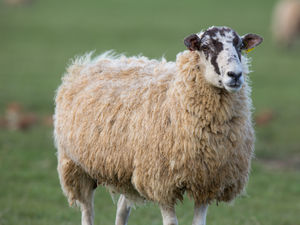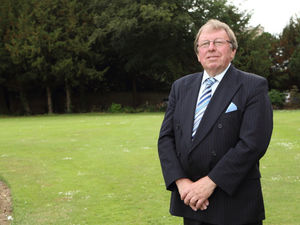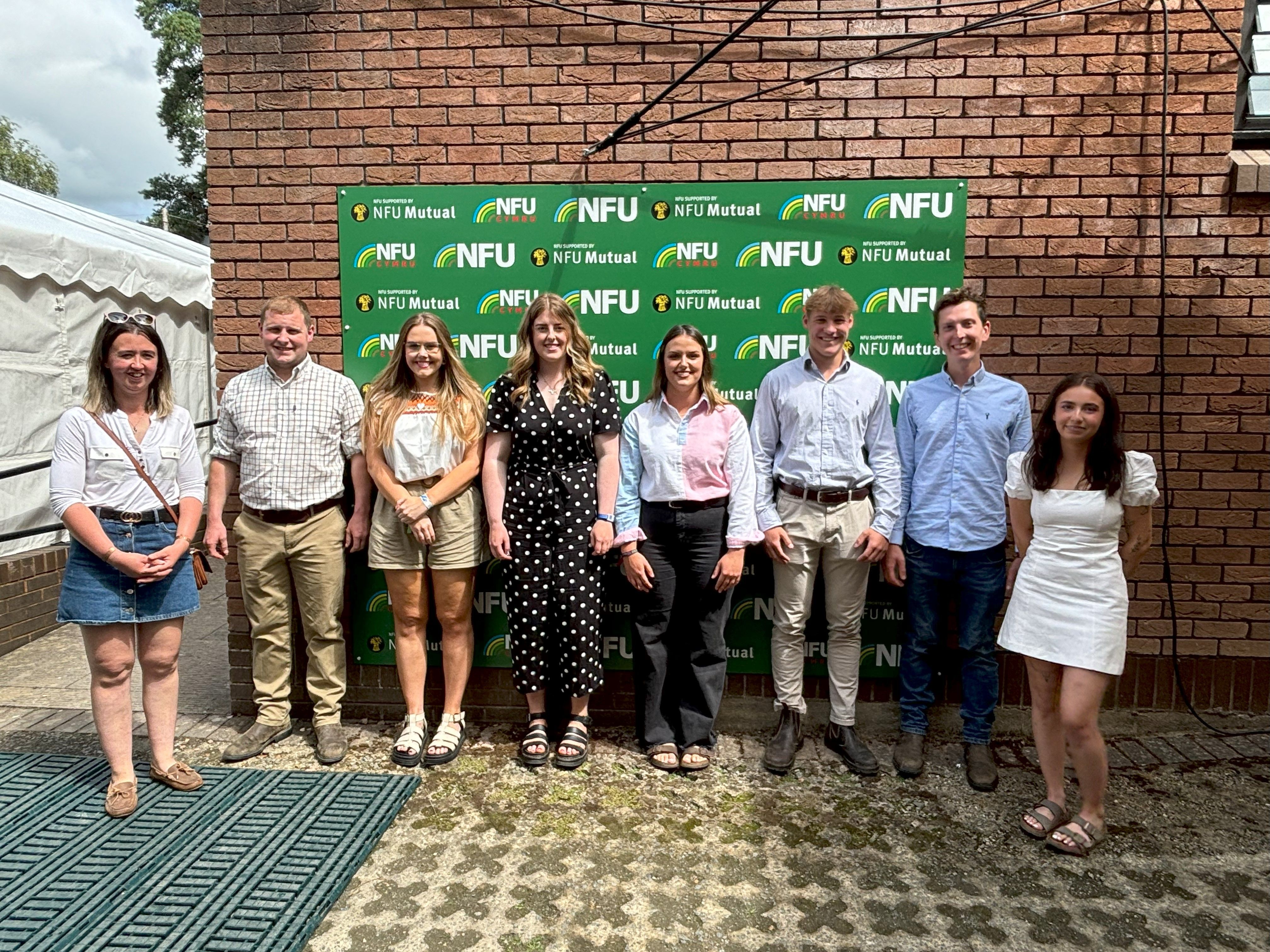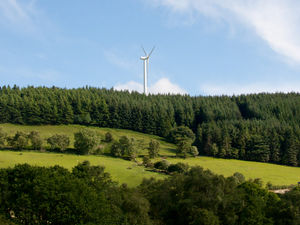Blowfly strike could cost farmers more than £200 for every lamb lost
Mortalities due to blowfly strike could cost farmers £200 per lamb and £180 per breeding ewe, according to an updated blowfly costing model.

The model, which was originally developed in 2019 by the University of Bristol, has been updated to reflect recent changes in farm economics, new information on insecticidal products, and the impact of a changing climate.
The estimated loss of £209 per lamb is based on the income lost from not selling the animal and the average cost of rearing a replacement lamb, while the loss of £184 per breeding ewe is based on the cost of rearing a replacement ewe lamb and the value of a cull ewe.
Matt Colston, ruminant technical consultant at Elanco Animal Health, who commissioned the update to the costing model, says the figures highlight the financial consequences of blowfly strike and why preventative treatment is paramount.
“The model looks at different management strategies – ranging from no treatment at all, to a combination of different treatments with preventative Insect Growth Regulator (IGR) products and pyrethroid products – in low, medium and high-risk scenarios for strike,” he said.




